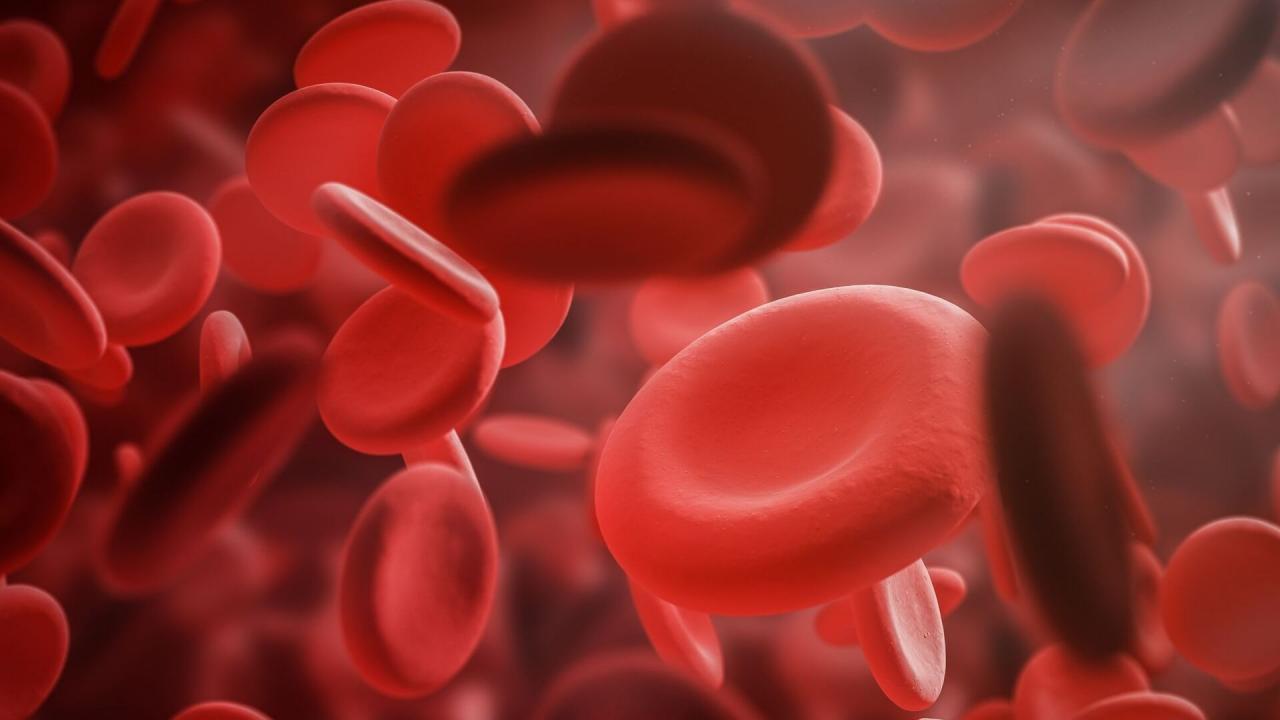Antibiotic resistance develops quickly in bacteria. Medical researchers encourage alternatives to antibiotics, mostly in the area of hygiene. A team based in London and Miami recommends we pay more attention to our natural resistance mechanisms, in particular the regulation of ionic iron. These authors explain that an extremely low level of free ferric ions in the blood and other tissue fluids is our first line of defense against bacteria.
Most bacteria and other microbes are dependent on iron for growth. Even the level of life in the ocean has been linked to the amount of iron-containing dust in winds over the sea. There have been proposals to combat global warming by fertilizing the ocean with iron to increase the growth of microorganisms that will sequester carbon dioxide.
In our bodies, iron is available to infectious microbes from three sources:
1. Altered metabolism, from liver disease, cancer, chemotherapy, or hemochromatosis.
2. Damaged red blood cells, especially from transfusions.
3. Altered physiology as a result of trauma, oxygen deficiency, or low pH and oxidation-reduction potential.
Reference one suggests the use of hyperbaric oxygen to limit the availability of iron to infectious microbes.
Other authors are investigating the use of lactoferrin to chelate, or “lock up” iron, so that it's not available to microbes. Bovine lactoferrin is widely available from cow's milk, and sold as a dietary supplement. Lactoferrin plays many roles in the immune system. It is unlikely that bovine lactoferrin can substitute for human lactoferrin in most of these roles, but the function of chelating iron may be the same regardless of the source of this protein. Clinical trials are in progress for bovine lactoferrin to prevent diarrhea in children. Vitamin Research Products, one of the suppliers of bovine lactoferrin, offers an article about its potential benefits (Reference five).
Recombinant human lactoferrin is available from genetically engineered rice. I checked the Internet, and found a company that sells it for laboratory use only. Clinical trials are in progress on this product as a treatment for sepsis and for clostridium dificile infection.
Usually we hear about iron in terms of deficiency. Current research indicates that it's more complicated than just getting enough.
References:
1. Bullen JJ et al, “Natural resistance, iron and infection: a challenge for clinical medicine”, Journal of Medical Microbiology 2006; 55: 251-8.
2. Kruzel ML et al, “Lactoferrin in health and disease”, Postepy Hig Med Dosw. (online), 2007; 61:261-7.
3. Clinical trials on lactoferrin:
http://clinicaltrials.gov/ct2/results?term=lactoferrin
4. Recombinant human lactoferrin:
http://www.prospecbio.com/
5. Vitamin Research Product's article on bovine lactoferrin:
http://vrp.com/articles.aspx?ProdID=art571&zTYPE=2
Linda Fugate is a scientist and writer in Austin, Texas. She has a Ph.D. in Physics and an M.S. in Macromolecular Science and Engineering. Her background includes academic and industrial research in materials science. She currently writes song lyrics and health articles.






Add a CommentComments
There are no comments yet. Be the first one and get the conversation started!